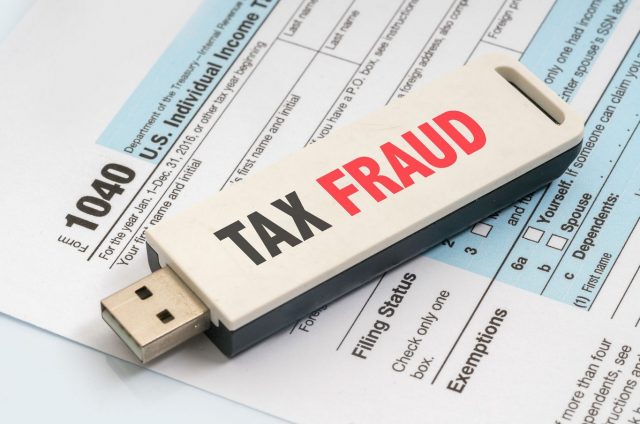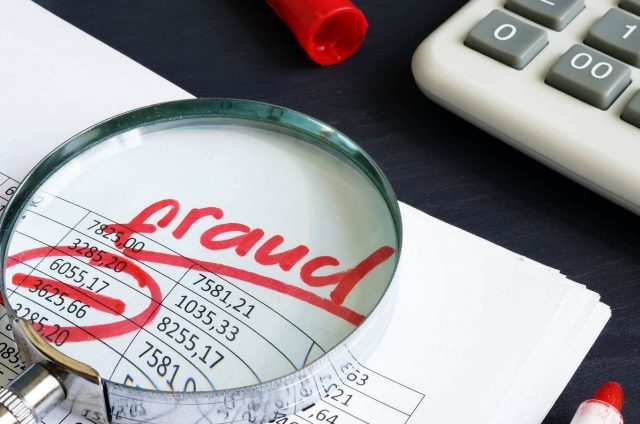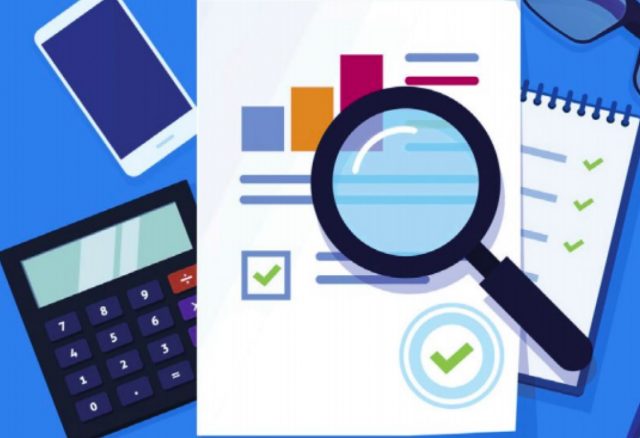
You promised yourself that you’d have your tax returns in on time. You spent weeks pulling together all the documents you needed, devoted a Saturday afternoon to filling out forms, double-checking your math and making sure that you had everything in order. This was going to be the year that you did it – and you were quite proud of yourself for completing it ahead of the deadline – and rightly so.
You mailed your return, and you were hoping to receive a refund check sooner, rather than later. But instead of a refund check in your mailbox, you received a letter from the IRS stating that your return had already been filed, and a check had already been issued. Sadly, this is a telltale sign that you are a victim of tax fraud, something that over 45,000 other people have fallen victim to as well. Those numbers may not help to soften the blow to your ego, but they do show how rampant a problem tax fraud is in the U.S.

What is Tax Fraud?
According to a current article from OneRep, tax fraud, or tax identity theft as it’s also called, happens when someone files a tax return in your name in order to steal your refund. Unfortunately, it’s not only the refund check that was stolen. Tax identity theft can impact your credit, your finances and your personal security, and the most troublesome part of this is that you might not know it’s happened to you until it’s too late to do something about it.
The IRS is well aware that tax fraud is growing, and has put in place many measures to help combat it. If they suspect a tax return is part of a fraud or scam, they’ll send out a 5071C letter asking for identity verification. If you let the IRS know that you’re a victim of tax identity fraud, by filing a 14039 form, they’ll work to investigate the fraud and clear your account. If you were a victim of fraud, it could take up to a year to receive your actual refund.

How Do Thieves Get Your Data?
According to the Identity Theft Resource Center, more and more tax preparation services are being hacked, and clients’ identities are stolen. These data breaches can cause other problems for tax identity theft victims as well. It’s a practice called “credential stuffing”, and once they’ve hacked your Social Security number and other data, they’ll go after other accounts as well.
Another main source for cyberthieves is people-search sites, like MyLife, InfoTracer and PeekYou. Experts recommend removing all of your personal, unauthorized data from these sites and opting out. Just be aware that there are more than 100 people-search sites, and each one has its own criteria for removing your data. It could take a ton of time to get this done, and if you were to hire someone to do it for you, it would cost a lot of money, considering the time involved and the knowledge needed.
In addition, your information may have been compromised during a data breach, such as the ones that have occurred with Target, Facebook and Barnes and Noble. Once your data is stolen, cybercrooks can get to work on tax identity theft and many other types as well. It could also happen if you lose your wallet, and your Social Security card was inside. That’s the golden ticket to identity theft, because with your Social Security number a cybercrook can do just about anything he or she wants. Here’s some solid advice: NEVER carry your Social Security card with you.

Are You a Victim?
Most tax identity frauds are not discovered until it’s too late, but there are some warning signs that you may be a victim. For example, if you try to electronically file your tax return and you’re not able to, you may be a victim. If your records with the IRS showed you earned income from a company that you never heard of, it’s a warning sign of tax fraud.
If you know you’ve sent in the money you owe on taxes, and the IRS is still sending you a request for payment, that’s a clear-cut warning sign of tax fraud. In addition, you might receive a notice from the IRS confirming that you recently opened an online account, and if it wasn’t you, it’s definitely a tax identity theft attempt.

An Ounce of Prevention…
That old saying is never more true than it is with tax fraud. By preventing tax identity theft before it happens, you’ll lessen your chances of becoming another victim of cybercrooks. So, what can you do? In addition to opting out of the people-search sites, you can request an IRS identity protection PIN. This, along with your Social Security number, adds additional protection and security from tax fraud.
Prevent password theft by using strong passwords – a minimum of 10 characters, numbers and symbols. Plus, be sure you use a unique password for every account you have, because if a cybercrook gets one password, they can’t open any others if all the passwords are different. The best way to generate and manage your passwords is with password management software like 1Password, RoboForm and LastPass.
Another way to protect yourself is to stay informed of all the current scams that are happening, both online and via phone scams. By having this knowledge in place, you’ll know when someone is attempting to steal your personally identifiable information and when it’s a legitimate entity. The FTC publishes a “scam alert” that lists some of the most current scams, and how to recognize them.
To fix tax fraud, file a report on the FTC’s report page, and file an IRS form 14039. In addition, if you’re a victim, report it to the 3 main credit bureaus including Experian, Equifax and TransUnion.
Following the suggestions and advice within this article will help you become more aware of detecting and fixing any tax fraud you may encounter.














